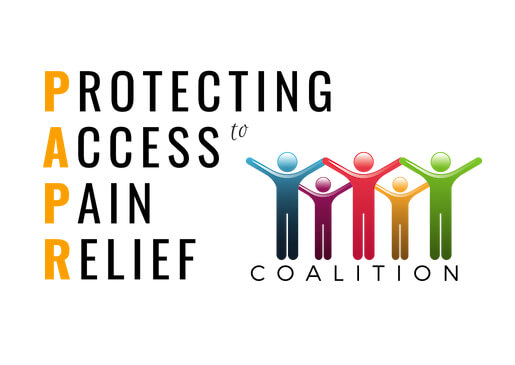Acetaminophen is one of the most commonly used analgesic compounds worldwide and an ingredient in hundreds of over-the-counter (OTC) and prescription (Rx) products.1 These include single-ingredient OTC pain products; combination OTC products for additional relief of symptoms of cold, flu, sinus, and allergy, and for sleeplessness; and Rx combinations with narcotic analgesics.
While acetaminophen has relatively few side effects, excessive doses can lead to potentially life-threatening liver damage; intentional and unintentional overdoses are frequent causes of drug-related emergency department visits, with numbers estimated in the tens of thousands annually. The labeled maximum OTC dose has been 4 g per 24 h, which is intended to provide a margin of safety over higher doses that may be dangerous to the liver. In addition to those who simply take more of a specific product than recommended, the multiple indications for acetaminophen-containing products have led to concerns about inadvertent overdoses by consumers who may take more than one product without recognizing the common ingredient.
This issue has received considerable attention over the years, with Food and Drug Administration Advisory Committee meetings in 2002, and 2009. Regulations to lower the maximum recommended dose and otherwise reduce access to acetaminophen medications are being contemplated. Changes in directions have recently been implemented (e.g. the daily dose for 500mg OTC single ingredient acetaminophen medicines has been reduced to 3 g), and other interventions are also planned.
For the full article, please click here
There are variant cases such as bipolar disorder which have no cure. Naturally, about 35% of Americans order medications online. For example you can purchase penicillin antibiotics that fights bacteria. This type of medications will not treat several infection such as the common cold. Do you know what Levitra is? Levitra is a remedy used to treat a lot of diseases. What do you already know about buy cheap levitra? Probably each adult has heard about generic levitra online. Variant companies describe it as online levitra. Albeit erectile dysfunction is more common in men over sixty, men of any age can unable to have an erection. Low interest in sex isn’t the same as impotency, but numerous the same aspects that stifle an hard-on can also dampen your libido. Prescription medicaments can save lives, but they can also come with dangerous side effects. It’s vital to bear in mind that not all drugs are good for your. Along with their helpful effects, most medicines, however, have unwanted aftereffects although as a rule not everyone experiences them. Store the medicaments away from excess heat. For example the liquid medications usually have to be kept in the cooler, but other may be stored at room temperature.


